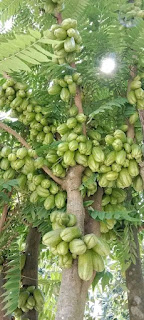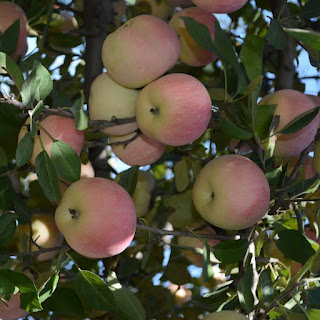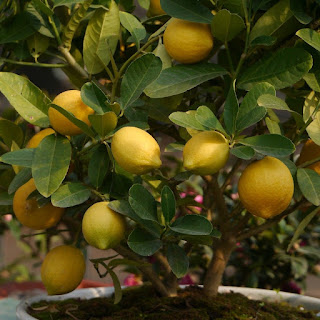Chayote

Chayote a species of Sechium Common Name Kajot Choke Merliton Pepanica Vegetable pear Botanical Name Sechium edule Information Chayote is an edible squash in the gourd family that has long been cultivated for food in Latin America. It can be eaten raw or cooked, and it has a slightly sweet taste that has been compared to that of cucumber. Characteristics Plant Type Herb, Vine Lifespan Perennial, Annual Bloom Time Late summer, Early fall, Mid fall Plant Height 39 feet Spread 1.6 foot Habitat Moist, steep hillsides Flower Color WhiteGreenYellow Leaf Color Green Fruit Color GreenWhite Conditions Requirement Difficulty Rating Chayote is super easy to take care of, with resistance to almost all pests and diseases. It is a perfect option for gardeners with brown thumbs. Sunlight Full sun, Partial sun Hardiness Zones 9 to 12 Soil Sand, Loam, Clay, Slightly acidic, Neutral, Slightly alkaline Care Guide Planting Time Mid spring, Late spring Harvest Time Mid fall, Late fall Propagation Sow...





